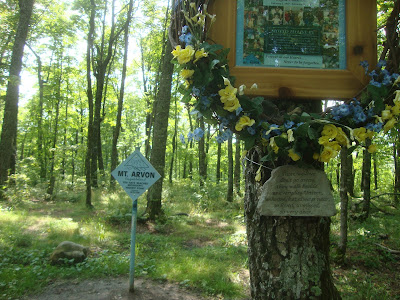A year or two ago I mentioned the mystery of why my Joe Boxer panties have pockets in the crotch. I'm still wondering (to stash mad money? a spare car key? your phone set on vibrate?), but doing laundry got me to thinking about two other mysteries: why are the most commodious, the garments that include the most fabric, called "briefs?" Women's undies come in various forms ranging from butt floss (aka thongs) to hip huggers to briefs. Technically all underpants are briefs, but when you're looking at packaged unmentionables in the store "Briefs" is the label that gets used for the granny panties: undies that go all the way up to your waist and beyond and leave not a bit of ass exposed. They're on the opposite end of the scale from thongs -- thongs leave nothing to the imagination; granny panties leave everything. (They're also the undies one buys when one hits a certain age and decides comfort counts more than it did 20 or 30 years ago.)
But that wasn't the only one of life's great mysteries I was pondering Thursday. The other was what goes through underwear manufacturers' minds when they select fabrics for the aforementioned granny panties, or underwear in general. Being a
This most recent laundry day was also the day I finally got around to test driving Cold Water Wash Tide. I'm really happy it was on sale and I had a coupon that cut the cost even more. My usual detergent of choice comes from Family Dollar and is not Tide. It works remarkably well, all things considered, but because I'm doing laundry using truly cold water (it's getting sucked out of the ground from an aquifer left by the glaciers and is one step away from forming ice cubes as it leaves the hose) I decided to try a product supposedly designed for cold water. Pshaw. False advertising. Tide apparently defines cold as cooler than what comes out of a hot water heater but not by much. It was a definite disappointment. Live and learn.
I am also rethinking the possibility that last Thursday was the last outdoor laundry day. The temperature here was hovering around 90 yesterday, and is supposed to be almost as warm today. It is supposed to start cooling down, but it's still supposed to be in the low 60s into October. No frost at all shown in the 10-day forecast so if it doesn't rain, I guess a few days from now I'll be line drying again.
*And why are pants, whether it's underwear or jeans, referred to as a pair when there's only one garment?




